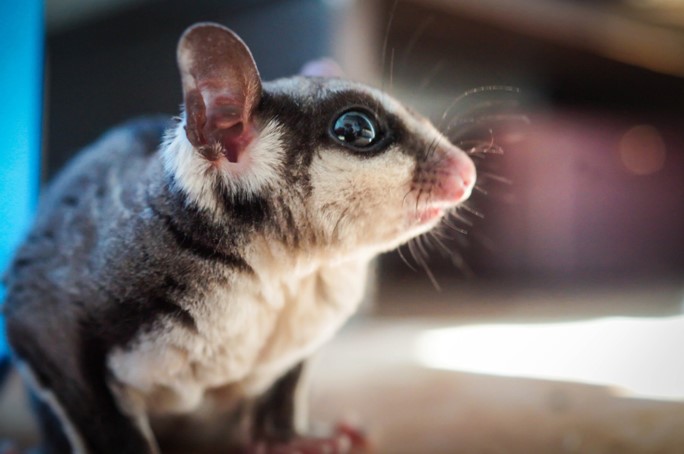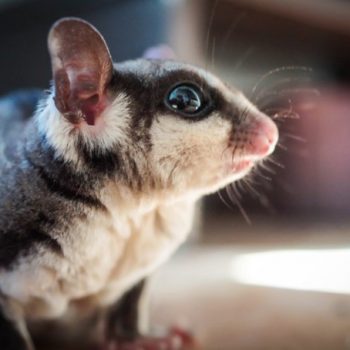
Small animals can make great pets. Some of the most popular choices include hamsters, rats, guinea pigs, and gerbils.
Or if you want, you can go for unique pets like a hedgehog or chinchilla. Sugar gliders are another option. If anything, they’ve only become more popular over the past few years.
Are you thinking of bringing one home? Want to know how to care for them?
If so, you’re on the right page. We’ll be going over everything that you need to know about these tiny marsupials below. Keep reading to learn more!
What Are Sugar Gliders?
Sugar gliders are palm-size marsupials that are native to Australia. Similar to flying squirrels, they have a soft membrane that stretches from their wrist to their ankles, which allows them to glide in the air.
Nocturnal mammals, they are active during the night and sleep during the day. And like kangaroos, they have a pouch in which they raise their young.
Habitat
Their cage should be as large as possible. At the very least, it should be 20” x 20” x 30”. That way, they’ll have lots of room to climb and glide.
Also, it’s important that the cage wire spacing is no more than half an inch wide. That’ll prevent them from squeezing through the bars.
As for the bottom, you want to line it with something non-toxic (e.g. recycled paper, newspaper). Avoid cedar shavings as they can cause respiratory irritation.
Note: The cage should be kept away from direct sunlight. Ideally, the temperature should be between 70-90F.
Diet
Generally speaking, their diet should be 75% fruits and vegetables and 25% protein.
For example, you can feed them apples, bananas, grapes, sweet corn, cherries, or raisins. In terms of protein, you can give them small pieces of chicken or turkey.
Live insects such as earthworms or crickets can also be given as treats but should not be the main part of their diet.
Bonding
Once they’ve adapted to their new environment, you can begin the bonding process. First things first, you want to get them used to your presence.
For example, you can place one of your shirts on top of their cage. It also helps to speak in a soft tone when you’re close to the cage.
From there, you give them treats with your hand. Remember to be persistent, calm, and gentle; you want them to associate your hand with something pleasant.
Eventually, you can spend time with them in a small, confined space. Sit on the floor and allow them to come to you. And when they do, you can give them a treat.
For more information on how to bond with a sugar glider, check out Pocket Pets.
Keeping Unique Pets
The bottom line is—sugar gliders are unique pets that require specific conditions to thrive. Given that, you definitely want to do your research before bringing one home!
For more pet-related posts, visit the rest of our site!

Leave a Reply